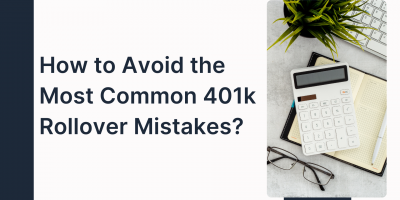
Global Compliance Challenges in Freelance Management Systems
As freelance work reshapes the global workforce, the pressure is on companies to get ahead of regulatory changes, not just keep up. Can freelance management systems address these compliance challenges?





